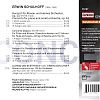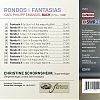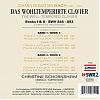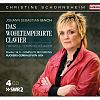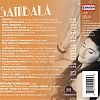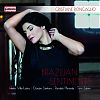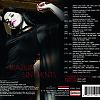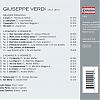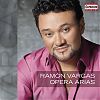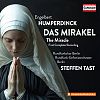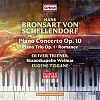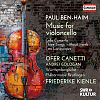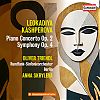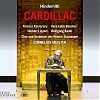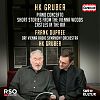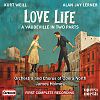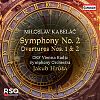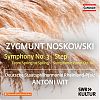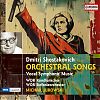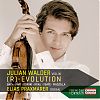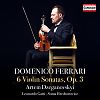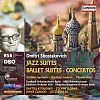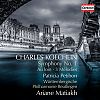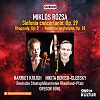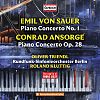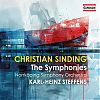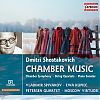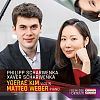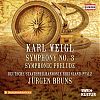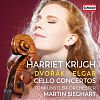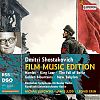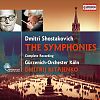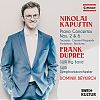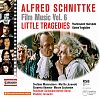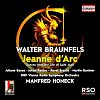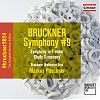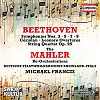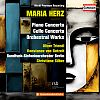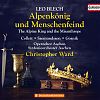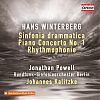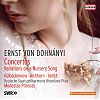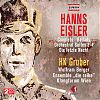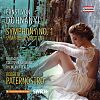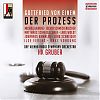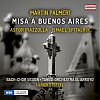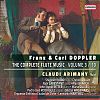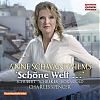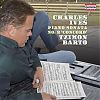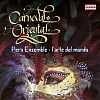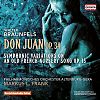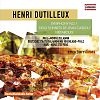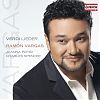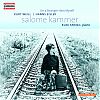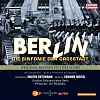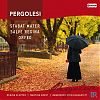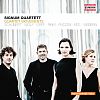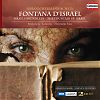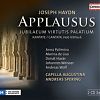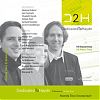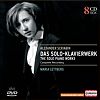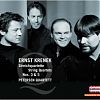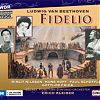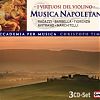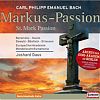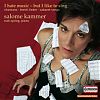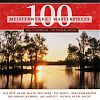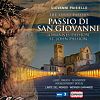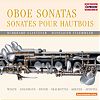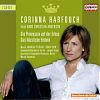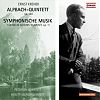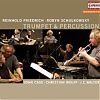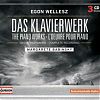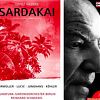cd
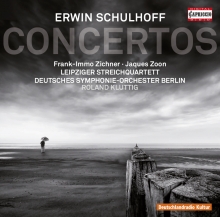
Erwin Schulhoff (1894-1942)
Frank-Immo Zichner, piano · Jaques Zoon, flute · Leipziger Streichquartett · Deutsches Symphonie-Orchester Berlin · Roland Kluttig
[1] – [3] Concerto for piano and small orchestra, op. 43 WV 66 (1923)
[4] – [6] Concerto Doppio for flute and piano, string orchestra and 2 horns
[7] – [9] Concerto for string quartet and wind ensemble WV 97 (1930)
Beethoven / Arr.: Schulhoff: Rondo a capriccio op. 129
[10] „Rage over a lost Penny“
Erwin Schulhoff, born in 1894 as the son of a rich businessman in Prague, already knew as a small child that music was to become the most important thing in his life. As an internationally successful pianist and composer, he was one of the most important Czech artists in the first half of the 20th century. The young composer abruptly became aware of the earnestness of life with the outbreak of the First World War. Schulhoff felt disgust at the horrors of combat he experienced first-hand as a soldier. He could not compose during this period. In 1918, he noted in his diary in profound disillusion: ‘It is an atmosphere in which it can frequently happen that you lose faith in yourself’. In Dresden Schulhoff came first into contact with a young artistic generation of Dadaists. For the artists scarred by the war, Dadaism was an expression of their attitude towards life: rage, helplessness and nihilism found expression in word and image as glaring derision, scorn and shameless provocation. In this climate, Schulhoff discovered the jazz that was spilling over from America. This, too, can absolutely be seen as a provocation in the Dadaist sense. The Concerto for Piano and Small Orchestra WV 66 is a wild blend of Impressionist, late-Romantic and jazz-inspired sounds and rhythms.
Weitere Bilder
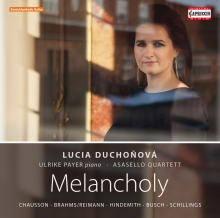
Melancholy
Lucia Duchonová, mezzo-soprano · Ulrike Payer, piano · Asasello Quartett
Melancholy, that wavering mood Heinrich Heine aptly captured in the line ‘I don’t know what it means that I am so sad’ in his poem Lorelei, has inspired countless artists, especially poets and musicians. Above all in the genre of song. This recital now presents a splendid selection, and the programme offers many a find that is rather on the periphery of the customary song repertoire. Moreover, the palette of colour is expanded by the fact that the accompaniment is not only entrusted to the piano, but is also in a chamber music version. Mezzo-soprano Lucia Duchoňová hails from Trnava in western Slovakia. Her first solo CD featuring compositions by Joaquin Turina was nominated for a Grammy Award in the category ‘The Best Vocal Performance’ in 2010.
Weitere Bilder
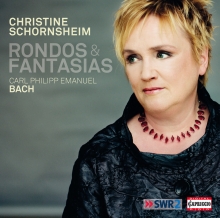
Christine Schornsheim
Christine Schornsheim, Tangentenflügel
Christine Schornsheim about her recording:
“I found it more exciting to concentrate only on a larger number of the Rondos and Fantasias, as the imaginative and improvisatory component interests me particularly. Moreover, every individual piece is a valuable and unique specimen…… I opted for a Tangentenflügel because Carl Philipp Emanuel Bach’s music is decidedly diverse in character. It is difficult to present it on only one of the possible instruments harpsichord, fortepiano or clavichord. In my view, what characterizes a Tangentenflügel is that it unites all the timbres of stringed period keyboard instruments, so to speak. It can sound as gentle as a clavichord, even the harpsichord can almost be imitated, and the sound of an early fortepiano can similarly be produced.”
Weitere Bilder
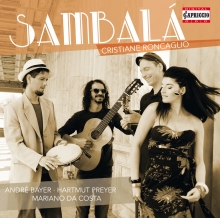
SAMBALA - Cristiane Roncaglio
Cristiane Roncaglio · André Bayer · Hartmut Preyer · Mariano "Habib" da Costa
Whoever watches the Samba Schools parading in Rio de Janeiro nowadays many times does not perceive the Samba’s musical richness both as a musical and literary genre. This is due to the Samba Schools percussions rhythmic power that “submerges” the harmonic accompaniment and also the grandiose visual appeal. The Samba is, however, in its origins a very sophisticated musical form from a poetic, instrumental and harmonic viewpoint. A typical expression of urban popular culture whose origins go back to the most popular styles among Rio de Janeiro’s inhabitants, then the country’s capital city. Born in Blumenau, Brazil, Cristiane Roncaglio studied Classical Voice and also Photography. German as well as Italian opera, oratorios, and lieder belong to the wide scope of Cristiane Roncaglio´s repertoire. And yet, she is enthusiastic about Brazilian music, Bossa Nova as well as Música Popular Brasileira.
Weitere Bilder
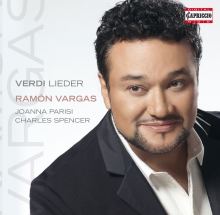
Ramón Vargas - Verdi Lieder
Charles Spencer, piano
For Giuseppe Verdi ‘the song had about the same significance that the sketch has for the painter’. It gave him the opportunity ‘to sketch emotions and characters in a smaller, more improvised form, genre pictures of passions and destinies he otherwise placed in the wide space of the stage’. Hence, his songs are, as it were, the forerunners of his theatre music, ‘they also possess the clout of characterization, the magnificent objectivity of portrayal we admire in the opera arias.’ (W. Oehlmann)
After his successful album with opera arias (C5165), the famous tenor Ramón Vargas takes care of these beautiful miniatures from the world
famous italian opera composer.


